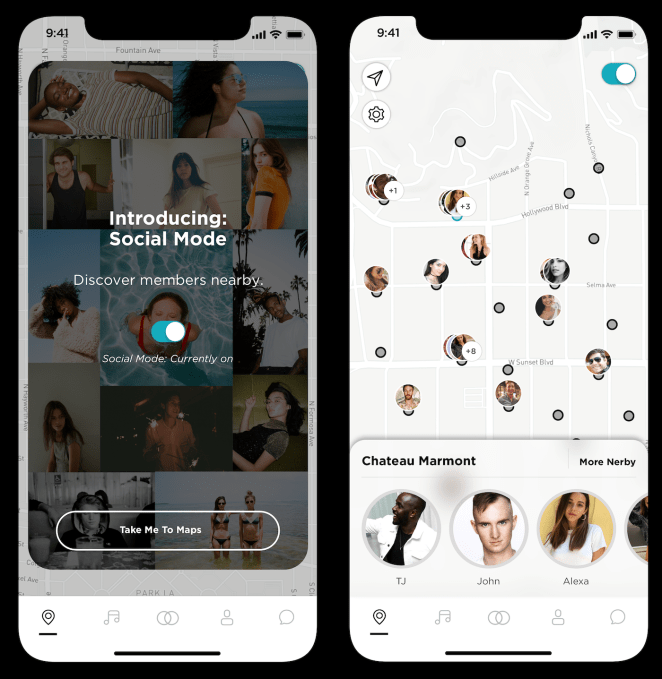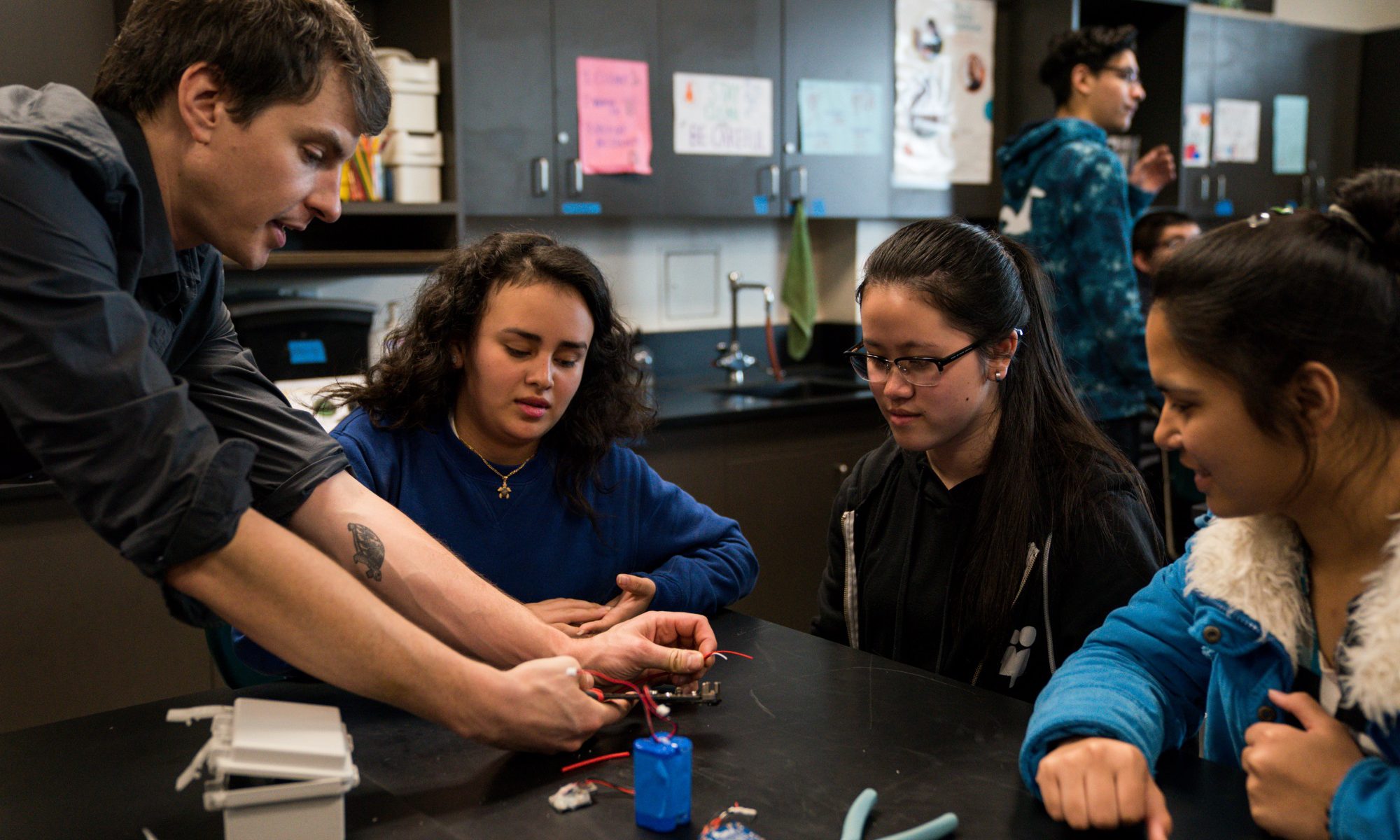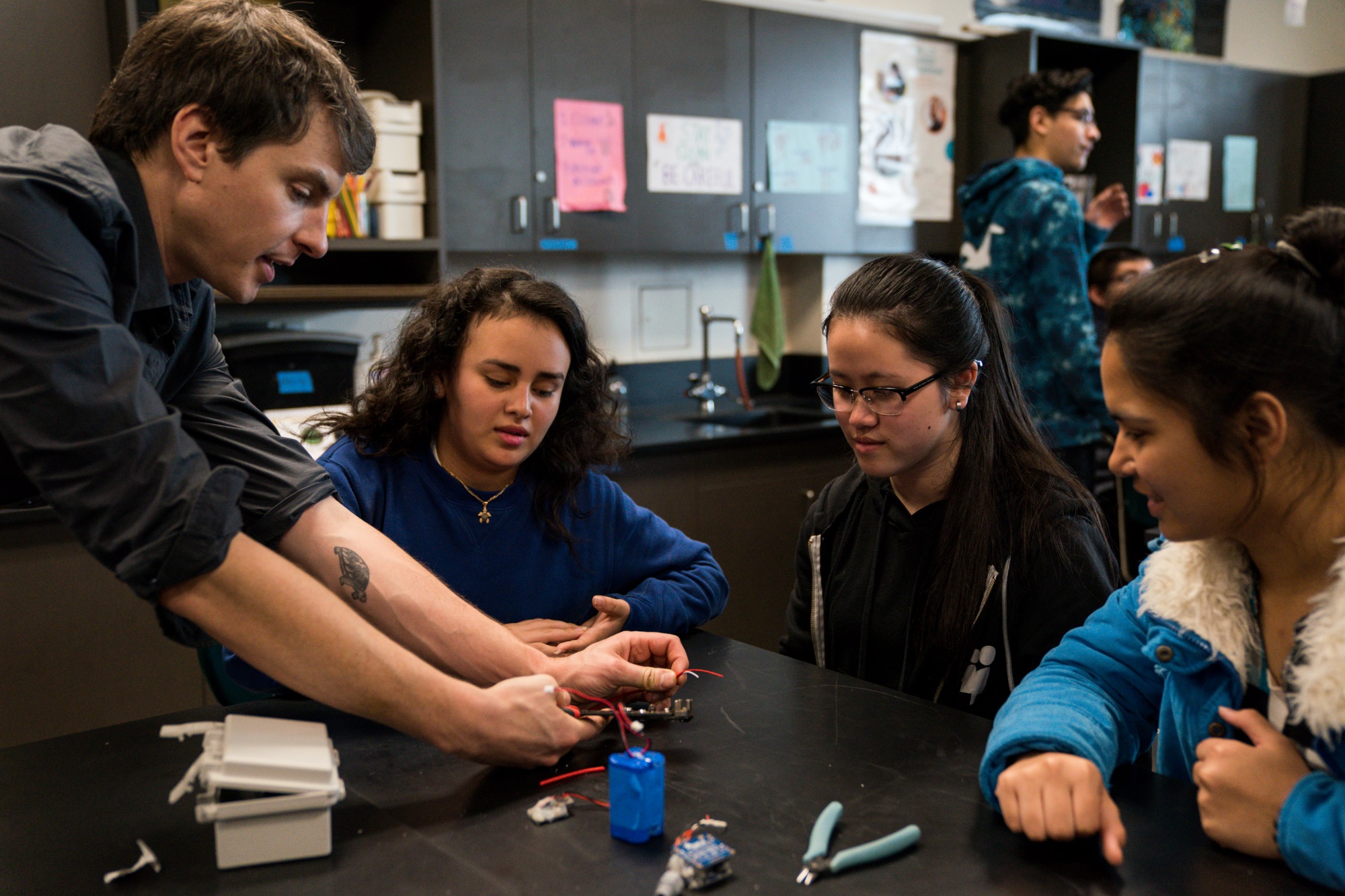Dear blockchain people: this is your hour. Abandon your transparently greedy get-rich-quick schemes, turn away from your casinos of de-facto modern-day penny stocks, and focus your decentralized attention on what the world needs. Save us, O blockchainers, from the scourge that is Facebook! Decentralize all the things!
I’m kidding, of course. For now.
Every year, it seems, a new “new Facebook” arises, swells, deflates, and vanishes, generally in a matter of weeks. Remember Diaspora? Ello? Mastodon? Vero? I imagine them as gangs of bandits charging The Wall in Game of Thrones, prompting the Night’s Watch of Menlo Park to … ignore them completely until they go away. The critical mass of everyone you know, plus the cost and complexity of an infrastructure that provides a broad panoply of valuable features to two billion people — those are Facebook’s 700-foot-high barrier of enchanted ice.
And yet. It is whispered in dark corners, at conventions with names like Consensus and TokenFest, that there is a secret tunnel in that wall, a fundamental flaw. That Facebook’s advantage of massive scale could melt away if faced by the dark magic of decentralization, wherein users own their own data, encrypted by them, stored in the location of their choice, shared only as and when they explicitly approve, while they connect peer-to-peer with interactions mediated and paid for via a tokenized protocol, across an armada of nodes running — yep, you guessed it — some sort of blockchain.
This is essentially nonsense. For now. Its fundamental flaw is the fundamental flaw of most grandiose decentralized blockchain notions; they are too much, too large, too megalomaniacal, too soon. They want to supplant the entire existing order, whether it be money, the entire financial sector, democratic governance, social media … or, really, pick a field of human endeavour, there’s probably some white paper outlining a token-based decentralized wholesale replacement for the way things are done now.
Dear blockchain people: stop it. I like big thinking as much as anyone, but in practice you don’t change things by overthrowing them. You won’t blow out a torch that’s been burning for many years with your new Big Bang. Instead, in practice, you start small, with a tiny cohort of enthusiasts, and you iterate — sometimes for a very long time — before you get any traction that the wider world notices at all. You do not, repeat not, gather a band of adventurers together in an inn to immediately form up and charge The Wall.
Especially stop it with consumer applications. I stand by my statement that “blockchains are the new Linux, not the new Internet” more strongly with each passing month. Blockchain enthusiasts may enjoy perusing their wallets and counting how many different kinds of ERC20 tokens — which generally still have no actual utility, beyond that of a penny stock — are contained within. Ordinary users, however, do not.
Better token UX won’t fix their fundamental problem. Online micropayments didn’t fail again and again because decentralized tokens weren’t a thing yet; they failed because their cognitive load was far too great to sustain their use. Tokens don’t change that one iota. If your consumer decentralized app involves ordinary users knowingly accumulating, spending, or transferring custom tokens, your consumer decentralized app will fail.
But, you know what? Having said all that? I wasn’t kidding with the first line of this post. Dear blockchain people, this is your hour, if you would only recognize it. But your objective is not to compete with, or replace, centralized services. That may never be the objective, and that’s OK. Rather, your goal right now is to create a viable alternative for those who reject existing centralized services, whether they be many or few.
That’s what Bitcoin itself is, after all; a weird little alternative to centralized finance. Over the course of a decade it has, beyond astonishingly, actually become viable, useful, self-sufficient, and globally successful, but it remains a weird little alternative, and will for the foreseeable future.
In its wake we now have the tools to create decentralized apps that aren’t just about value transfer. Consider Blockstack, which includes “a decentralized micro-blogging app” among its basic tutorials. Consider Cosmos, designed to allow blockchains to interoperate with one another, forming a decentralized web of chains they call “the Internet of blockchains.” And of course consider Ethereum, which, believe it or not, isn’t just for ICOs, but lets you run arbitrary decentralized code, and, importantly, has serious plans to massively scale its throughput.
We’re approaching — or maybe already at — the point at which these tools could be put together to construct, say, a small-scale decentralized social network. It would still face the critical-mass problem: but that could be addressed by focusing on specific cohorts and communities; art collectives, churches, fandoms, etcetera. It would still face the ordinary-people-don’t-want-tokens problem: but that could be addressed by having a designated token-handling admin for each node, in the same way that online communities used to have designated email admins or local Usenet sysadmins, so ordinary users would just need a URL, a userid/password, and perhaps a decision whether to pay for access or be advertised to.
Is this vague and handwavey? You betcha. But I’ve done a fair amount of decentralized systems coding myself, of late, and I can tell you that the tools and networks are — well. They’re getting there. They’re close. And once you’ve built a local social network wherein users control their data, one which is part of a higher-order decentralized network of nodes, all communicating via a common tokenized protocol … well, then you have a whole world of new, interesting, and daunting scaling problems.
But my point is that you don’t have to scale to the size of Facebook for an alternative to be viable. Think small. The Wall isn’t going anywhere, but maybe you don’t need to traverse it after all. The world will have Facebook for a long time to come, but Facebook doesn’t have to be part of your world … especially if a weird, clunky, charmingly ramshackle little alternative exists, one from which you ultimately find you get far more net emotional and practical value. If things keep going as they are, maybe you won’t ever have to go through the Wall to get to the people on the other side. Maybe, eventually, they’ll come to you.
Source: Tech Crunch


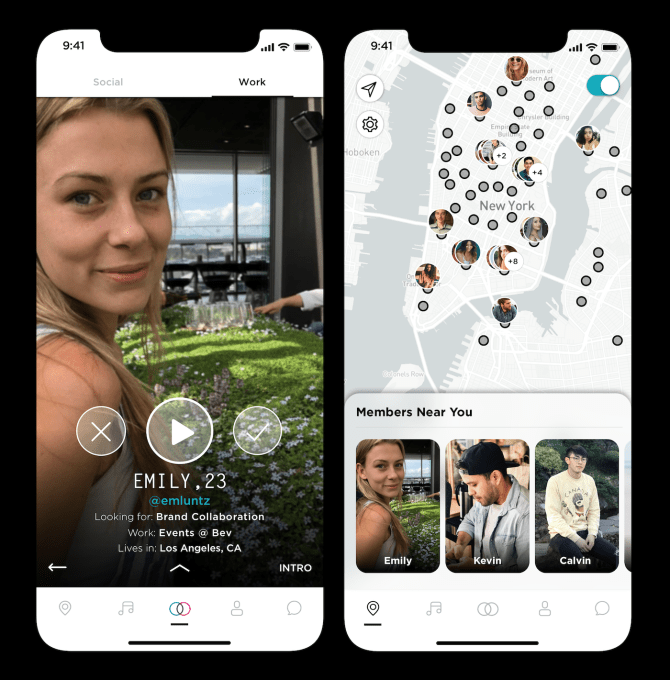

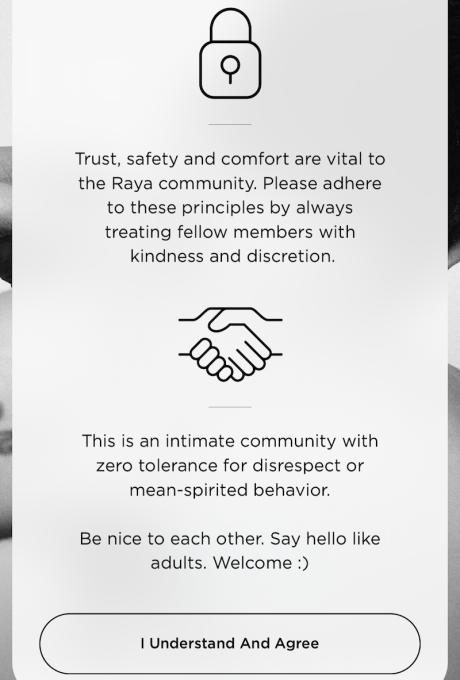 aya’s iOS-only app
aya’s iOS-only app